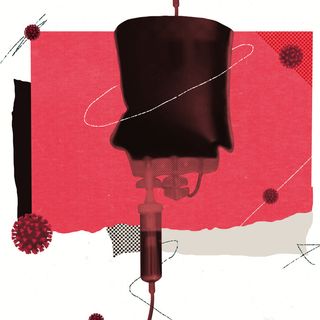A new study led by researchers from Harvard University has found long-term exposure to PM 2.5 — one of the major contributors to air pollution — can increase the risk of death due to Covid19 by twenty times. PM 2.5 refers to particulate matter or fine particles which are generally 2.5 micrometers in diameter or smaller, which when inhaled, can cause respiratory problems and heart issues. This is the first study to connect long-term exposure to high levels of air pollution and mortality rates due to Covid19.
For the study, researchers collected data on particulate matter levels around the US for 17 years, covering area of the country that is inhabited by 98% of the population. They compared those data to the most severe Covid19 cases, and death counts, for each county.
“The results of this paper suggest that long-term exposure to air pollution increases vulnerability to experiencing the most severe Covid-19 outcomes,” the authors state.
In addition to that, the study found, reduction of PM 2.5 even by a single unit — one microgram per cubic meter — would reduce a patient’s chance of dying by 15%. By this measurement, the study concluded, if Manhattan had reduced its PM level by even a single unit in the past 20 years, it would have seen 248 fewer deaths.
The study holds particular significance for India.
In 2019, 22 of the world’s 30 most polluted cities were in India, including Ghaziabad, Delhi, Noida, Gurugram.
Related on The Swaddle:
Coronavirus Is Too Small for Air Purifiers to Capture and Kill, Say Experts
Although pollution levels in India have come down following the lockdown, the new levels are of little relevance given the study looks into long-term exposure to high levels of PM 2.5 and most Indian cities have displayed unhealthy levels of PM 2.5 for a few years. Even in 2018, 11 out of the 12 most polluted cities on a World Health Organization list were in India, and some like the country’s capital have been fighting air pollution for 2 decades.
The study underscores the vital need to “enforce existing air pollution regulations to protect human health both during and after the COVID-19 crisis.”




